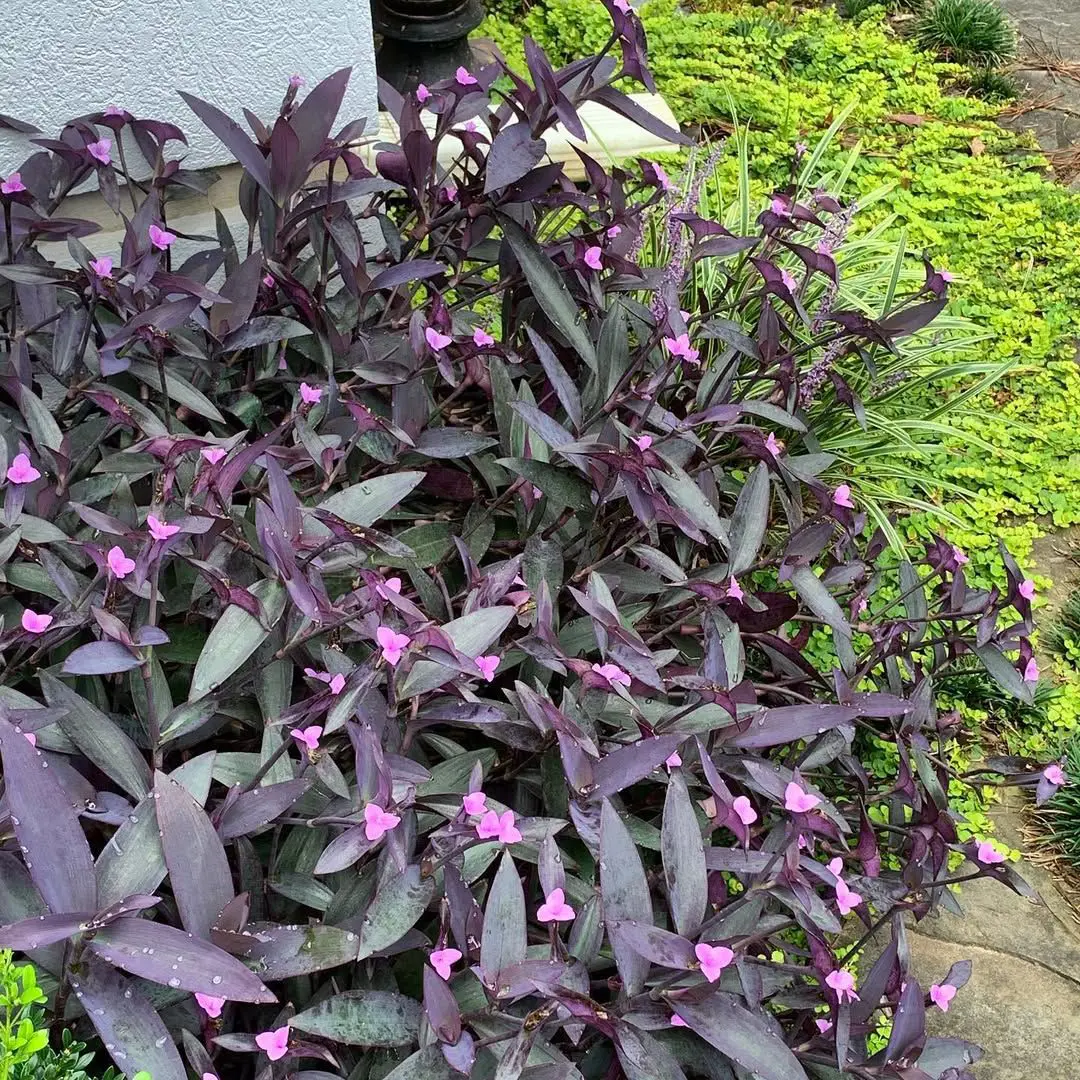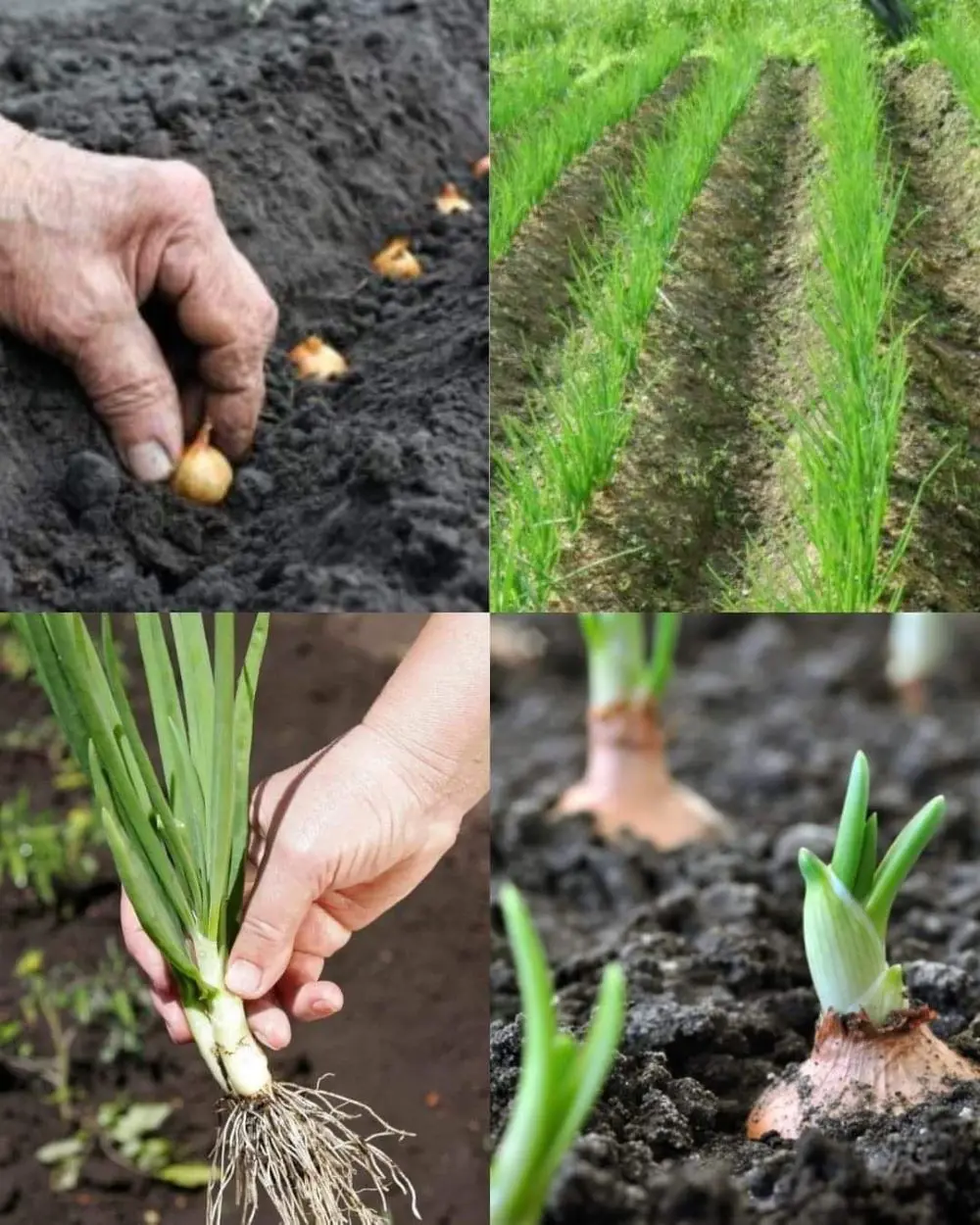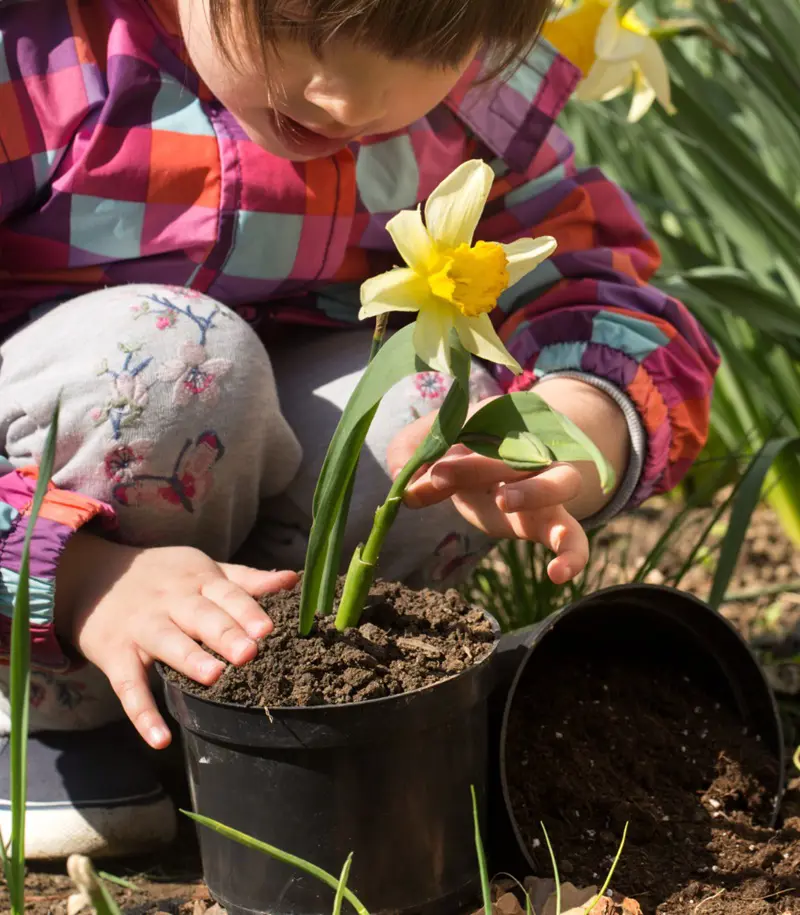The coconut palm tree is an iconic symbol of tropical environments, admired for its towering height, lush fronds, and versatile fruit. Growing and caring for a coconut palm tree can be rewarding, providing not only an aesthetic addition to your landscape but also yielding coconuts for consumption and various uses.
This article will cover everything you need to know about growing and caring for coconut palm trees, including how to plant, nurture, and maintain them to ensure optimal growth and productivity.
Growing Coconut
Growing a coconut palm tree starts with selecting a healthy coconut seed and planting it in the right environment. Here are the steps to get started:
- Choose a Healthy Coconut: Select a mature coconut that has water inside. You can shake the coconut to check if it contains water, which indicates freshness.
- Soak the Coconut: Soak the coconut in water for two to three days to prepare it for planting.
- Planting Location: Choose a sunny location with well-draining soil. Coconut palms grow in sandy, loamy soil with good aeration. The planting site should also be protected from strong winds, especially in the early stages of growth.
- Planting the Coconut: Dig a hole about 12 inches deep and place the coconut on its side in the hole, ensuring that about one-third of the coconut is above the soil surface. Cover the coconut with soil, leaving the top exposed.
- Watering: Water the coconut palm regularly to keep the soil moist but not waterlogged. Overwatering can lead to root rot, so it is important to maintain a balance.
- Fertilization: Use a balanced fertilizer, rich in potassium and magnesium, to promote healthy growth. Fertilize every three months, especially during the growing season.
How Does a Coconut Tree Grow?
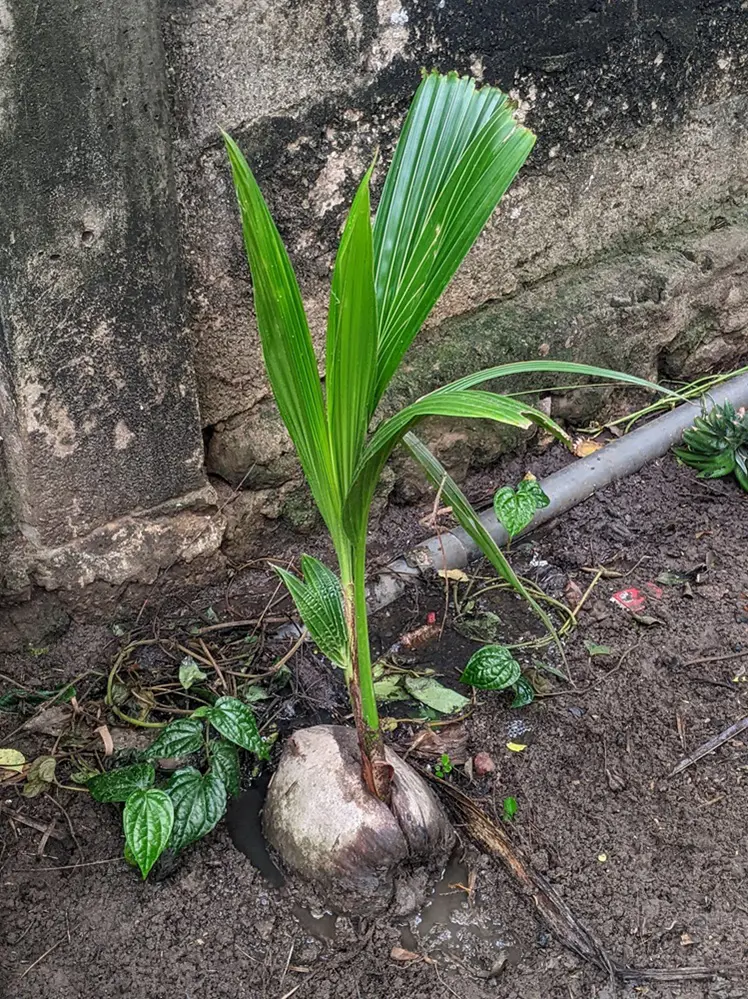
Understanding the growth process of a coconut tree is crucial for proper care and maintenance. Here’s how a coconut tree grows:
- Germination: The germination process begins with the sprouting of the shoot from the coconut seed. This usually occurs within three to six months after planting. The shoot emerges from one of the eyes of the coconut.
- Seedling Stage: Once the shoot appears, the seedling stage begins. During this stage, the seedling develops roots that anchor it to the soil. The first fronds (leaves) also start to grow. This stage lasts for about one to two years.
- Juvenile Stage: After the seedling stage, the coconut palm enters the juvenile stage, where it experiences rapid growth. The trunk begins to develop, and more fronds appear. This stage can last up to five years.
- Mature Stage: The mature stage is reached when the coconut palm starts to produce flowers and fruits, typically around six to ten years after planting. The tree continues to grow taller and can reach heights of up to 100 feet, depending on the variety.
- Flowering and Fruiting: Coconut palms produce flowers and fruits throughout the year. The flowers are small and yellow, while the fruits (coconuts) take about 12 months to mature from pollination to harvest.
Coconut Tree Seed
The coconut tree seed is also known as the coconut. It is essential for propagating new trees. Here’s what you need to know about coconut seeds:
- Selecting a Seed: Choose mature coconuts with a brown husk, as they are more likely to germinate successfully. Fresh, undamaged coconuts are ideal for planting.
- Germination Conditions: Coconuts require warm temperatures and high humidity to germinate. The ideal temperature range for germination is between 85°F and 95°F (29°C to 35°C).
- Planting the Seed: As mentioned earlier, plant the coconut on its side with one-third of the nut above the soil surface. This positioning ensures that the emerging shoot has room to grow.
- Care During Germination: Keep the soil consistently moist and maintain warm temperatures. Protect the seed from pests and extreme weather conditions.
Choosing the Right Variety
There are several varieties of coconut palm trees, each with unique characteristics. When selecting a variety, consider factors such as climate, space, and intended use. Some common varieties include:
- Tall Varieties: These coconut palms can reach heights of up to 100 feet and have a longer lifespan. They are commonly used for commercial coconut production. Examples include the West Coast Tall and the East Coast Tall.
- Dwarf Varieties: Dwarf coconut palms are shorter, usually growing up to 30-60 feet. They have a shorter lifespan but bear fruit earlier. Dwarf varieties are suitable for smaller spaces and include the Malayan Dwarf and the Golden Malay.
- Hybrid Varieties: Hybrids are created by crossbreeding tall and dwarf varieties to combine desirable traits. They are often more disease-resistant and produce high yields. Examples include the Maypan and the King Coconut.
Planting and Establishing Coconut Trees
Proper planting and establishment are crucial for the long-term health and productivity of coconut trees. Here are some tips to ensure success:
- Soil Preparation: Ensure the soil is well-draining and rich in organic matter. You can improve soil fertility by adding compost or well-rotted manure.
- Spacing: If planting multiple coconut trees, space them at least 20-30 feet apart to allow for adequate growth and airflow. This spacing helps prevent competition for nutrients and reduces the risk of disease.
- Mulching: Apply a layer of mulch around the base of the tree to retain soil moisture, suppress weeds, and regulate soil temperature. Keep the mulch a few inches away from the trunk to prevent rot.
- Watering: Coconut palms need consistent moisture, especially during the establishment phase. Water the trees regularly, particularly during dry periods. Avoid waterlogging, as it can lead to root rot.
- Fertilization: In addition to balanced fertilizers, coconut palms benefit from micronutrients such as boron, manganese, and zinc. Regularly test the soil and adjust fertilization based on nutrient levels.
Propagation Methods for Coconut Palms
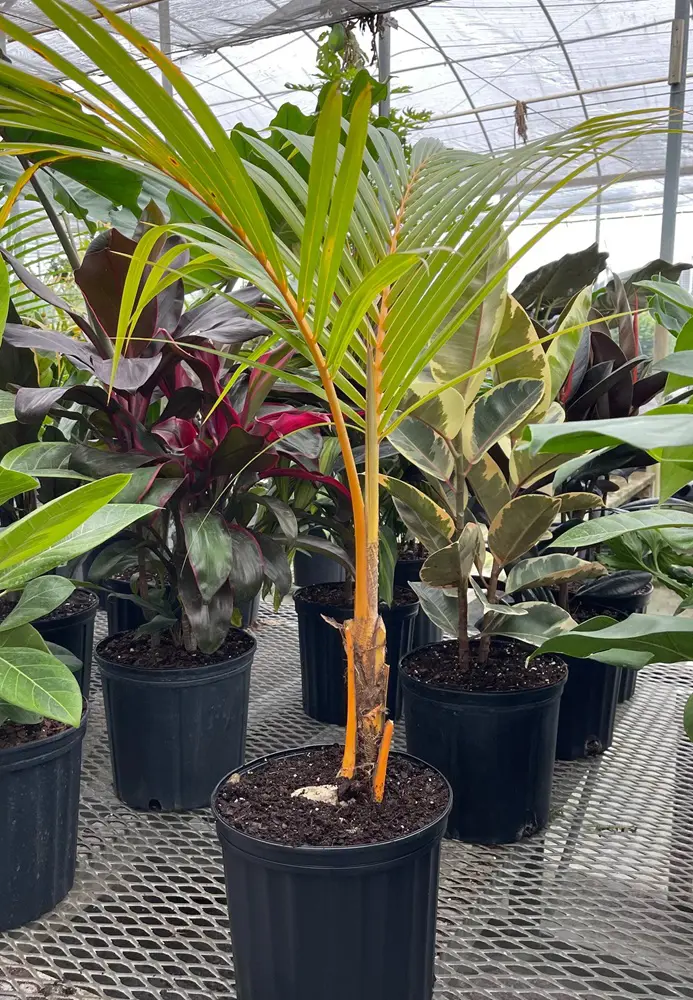
1. Growing from Seeds
Growing coconut palms from seeds is the most traditional and commonly used method. Here’s how to do it:
Step 1: Select a Healthy Coconut
- Choose a mature, healthy coconut that has fallen naturally from the tree. It should still have its husk and contain water inside when shaken.
Step 2: Pre-Germination Process
- Soak the coconut in water for 2-3 days to help initiate the germination process.
Step 3: Planting
- Plant the coconut in well-draining soil with the pointed end facing upwards and the top of the coconut slightly above the soil level.
- Water the coconut regularly, ensuring the soil remains moist but not waterlogged.
Step 4: Germination and Growth
- Germination can take 3-6 months. Once the sprout emerges, continue to provide regular water and sunlight.
- Transplant the seedling to a larger pot or directly into the ground when it has a few leaves and a well-developed root system.
2. Tissue Culture
Tissue culture is an advanced propagation method that involves growing coconut palms from tissue samples in a controlled environment. This method ensures uniformity and disease resistance but requires specialized equipment and expertise.
Step 1: Obtain Explant Material
- Collect a small tissue sample (explant) from a healthy coconut palm, usually from the shoot meristem or immature inflorescences.
Step 2: Sterilization
- Sterilize the explant to eliminate any contaminants. This typically involves surface sterilization using disinfectants like ethanol and bleach.
Step 3: Initiation of Culture
- Place the sterilized explant in a culture medium containing nutrients, hormones, and growth regulators to stimulate cell division and growth.
Step 4: Subculture and Multiplication
- Transfer the developing tissues to fresh culture media periodically to promote further growth and multiplication of the plantlets.
Step 5: Rooting and Acclimatization
- Once the plantlets have developed sufficiently, induce rooting by transferring them to a rooting medium.
- Gradually acclimatize the rooted plantlets to external conditions by reducing humidity and increasing light exposure before planting them in soil.
3. Vegetative Propagation
Vegetative propagation techniques such as air layering and grafting can be used to propagate coconut palms. These methods are less common but can be effective for preserving specific traits or varieties.
Air Layering
Step 1: Select a Branch
- Choose a healthy, mature branch for air layering.
Step 2: Make an Incision
- Make a shallow cut around the branch’s circumference, removing a ring of bark.
Step 3: Apply Rooting Hormone
- Apply rooting hormone to the exposed area to encourage root growth.
Step 4: Wrap with Moss and Plastic
- Cover the incision with moist sphagnum moss and wrap it tightly with plastic to retain moisture.
Step 5: Wait for Root Development
- Roots should develop within a few months. Once the roots are well-established, cut the branch below the new root system and plant it in soil.
Grafting
Step 1: Select Rootstock and Scion
- Choose a healthy rootstock and a scion (a shoot or bud) from the desired coconut variety.
Step 2: Make the Cuts
- Cut the rootstock and scion at matching angles to ensure a good fit.
Step 3: Join and Secure
- Join the scion and rootstock together, ensuring the cambium layers (growth tissues) are in contact. Secure them with grafting tape or a similar material.
Step 4: Care for the Graft
- Keep the grafted plant in a controlled environment with high humidity until the graft union is secure and new growth appears.
Each of these methods has its unique benefits and challenges, and choosing the right one depends on the desired outcome and available resources.
Caring for Coconut Palm Trees
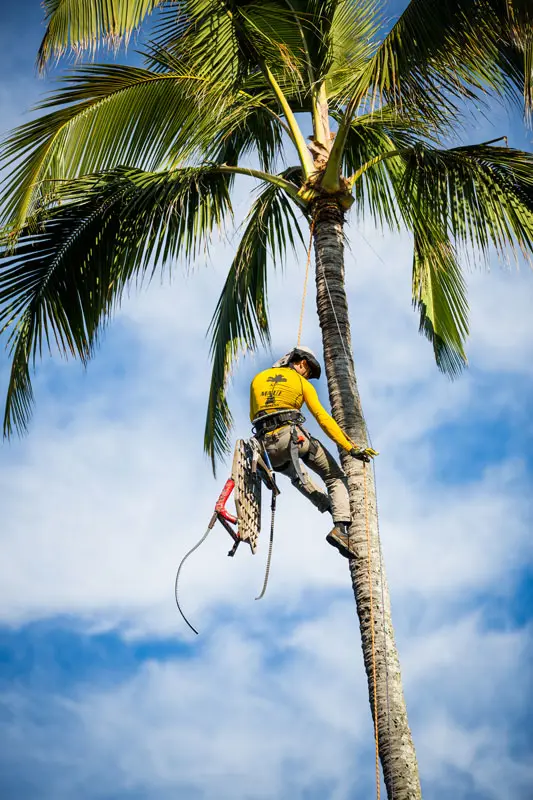
Once established, coconut palm trees require ongoing care to ensure healthy growth and productivity. Here are key aspects of coconut palm tree care:
- Watering: Coconut palms need regular watering, especially during dry spells. Water deeply and infrequently to encourage deep root growth. Mulching helps retain soil moisture and reduces the need for frequent watering.
- Fertilization: Fertilize coconut palms three to four times a year with a balanced fertilizer. Include micronutrients to address any deficiencies. Organic fertilizers, such as compost and seaweed extract, can also be beneficial.
- Pruning: Remove dead or damaged fronds regularly to maintain the tree’s appearance and health. Pruning also improves airflow and reduces the risk of pests and diseases. Be cautious not to remove too many fronds at once, as they are vital for photosynthesis.
- Pest and Disease Management: Monitor coconut palms for common pests such as coconut mites, mealybugs, and aphids. Treat infestations promptly with organic or chemical controls. Watch for signs of diseases like bud rot and leaf spot, and take preventive measures to maintain tree health.
- Weed Control: Keep the area around the base of the tree free from weeds. Weeds compete for nutrients and water, potentially hindering the growth of the coconut palm.
Harvesting Coconuts
Coconuts can be harvested for various purposes, depending on their maturity. Here’s how to determine when to harvest coconuts:
- Young Coconuts: These are harvested when the fruit is about seven months old. The water inside is sweet and refreshing, and the meat is tender and jelly-like. Young coconuts are ideal for drinking and making coconut milk.
- Mature Coconuts: Mature coconuts are harvested at around 12 months when the husk is brown, and the meat is thick and firm. They are used for coconut oil, dried coconut (copra), and other culinary purposes.
- Harvesting Techniques: Use a long pole with a sharp blade or climb the tree to harvest coconuts. Be careful to avoid damaging the tree or the fruit. Wear protective gear to prevent injuries.
Common Problems and Solutions
Coconut palms are generally hardy, but they can face several challenges. Here are some common problems and their solutions:
- Yellowing Leaves: This can be caused by nutrient deficiencies, particularly a lack of nitrogen, potassium, or magnesium. Address this by applying a balanced fertilizer and ensuring proper soil conditions.
- Bud Rot: A fungal disease that affects the growing tip of the palm, leading to the death of the tree. Prevent bud rot by avoiding waterlogging and ensuring good airflow around the tree.
- Pests: Common pests include coconut mites, mealybugs, and aphids. Use organic or chemical controls to manage infestations and regularly inspect trees for signs of pest activity.
- Leaf Spot: Fungal or bacterial infections can cause leaf spots. Remove and destroy affected leaves and improve air circulation around the tree.
Environmental Benefits
Coconut palm trees offer significant environmental benefits. Their extensive root systems help prevent soil erosion, particularly in coastal areas, stabilizing the landscape. These trees also contribute to carbon sequestration by absorbing carbon dioxide from the atmosphere, mitigating climate change.
Additionally, coconut palms provide vital habitats and food sources for various wildlife species, supporting biodiversity. The shade they offer reduces soil temperature and evaporation, promoting soil moisture retention.
Overall, coconut palm trees play a crucial role in maintaining ecological balance, enhancing environmental health, and supporting sustainable ecosystems.
Economic and Cultural Significance
Coconut palm trees hold profound economic and cultural significance.
Economically, they are invaluable for their diverse products, including coconut oil, water, milk, and copra, which are key commodities in global markets. The trees also provide materials for construction, crafts, and fuel, supporting numerous industries and livelihoods, especially in tropical regions.
Culturally, coconut palms are revered symbols of prosperity, resilience, and sustenance in many societies. They feature prominently in traditional practices, rituals, and cuisines.
From ancient folklore to modern festivals, the coconut palm remains integral to the cultural heritage and daily lives of communities around the world, illustrating its multifaceted importance.




